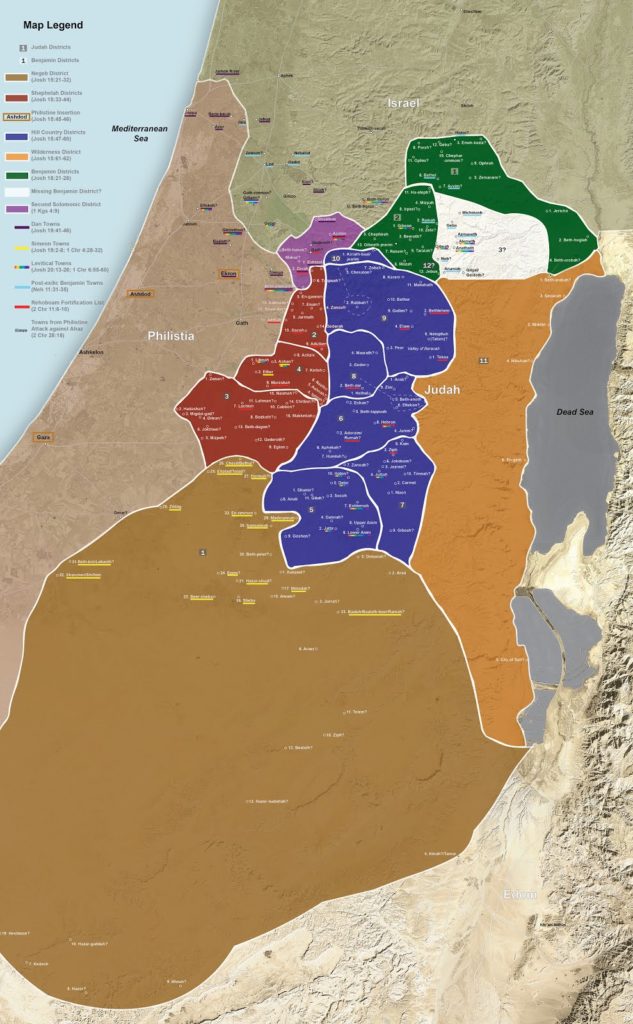Ferrell Jenkins remembers the events of this weekend with photos related to the crucifixion and resurrection.
Michael Heiser offers some links in response to the perrennial “miracles-are-impossible” stories that surface this time each year.
The battle continues over the size of the Kedem Center in the City of David.
Shmuel Browns’ photo of the week is a beautiful shot of the Judean wilderness.
A number of interesting finds have been made in an excavation of a Byzantine church in Gush Etzion.
If you are an American undergrad looking to excavate in Israel this summer, you should apply for a scholarship to join the Tel Burna team.
Wayne Stiles gives three reasons why you should travel to Israel.
The Tel Al-Amarna Visitors Centre has been inaugurated in Minya. Work on the Aten Museum and
Malawi National Museum is on-going, despite rumors to the contrary.
Archaeologists are learning more about ancient watercraft from an Old Kingdom boat excavated in Abusir.
Reproductions of the 50-foot arch that formed the entrance to Palmyra’s Temple of Baal will be erected in New York City and London next month.
The Syrian army is close to re-capturing Palmyra.
John Brown University has received an anonymous gift of $1 million for their Abila Archaeological Project.
The Torlonia collection, with more than 600 statues and sculptures, will be on display in Rome for the first time in decades. An overseas tour will follow.
Described as one of most important recoveries in decades, 45 crates of archaeological material, dating between the 7th century BC to 2nd century AD, has been returned to Italy after being stolen from sites in the 1970s and 1980s.
“Analysis of Herculaneum papyrus scroll fragments reveals the use of metallic ink in Greco-Roman literary inscription centuries earlier than previously thought.”
Bruce and Ken Zuckerman will be lecturing on “Archaeological Photography” on March 28 at the South Bay Camera Club.
Now online: “The Lenkin Family Collection of Photography at the Penn Libraries, as it is now known, comprises over 5,000 original photographs, primarily of Jerusalem and Palestine taken from 1850 to 1937.”
For a limited time, access to the latest issue of Near Eastern Archaeology is available for free without a login required.
Bible Software Review is looking for a new owner-editor.
Going Places with God, by Wayne Stiles, is on sale for Kindle right now for $0.99. It’s at the same price on Vyrso/Logos. The sale won’t last. I recommend it!
Happy 13th Anniversary to Paleojudaica! And Aren Maeir recently celebrated his birthday.
For photos recalling the momentous events of this week nearly 2,000 years ago, check out our posts this week on Facebook and Twitter.
HT: Jared Clark, G. M. Grena, Agade, Ted Weis, Charles Savelle
